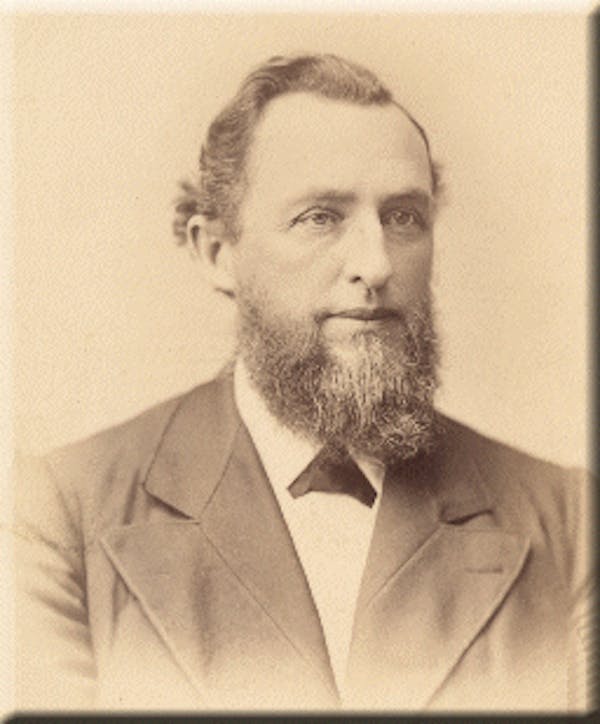HIRAM EDSON AND THE VISION IN THE CORNFIELD
In the aftermath of the disappointment of 1844, Hiram Edson wrote; “Our fondest hopes and expectations were blasted and such a spirit of weeping came over us as I never experienced before. It seemed that the loss of all earthly friends could have been no comparison. We wept and wept, till the day dawn”
His recollection of the disappointment and its emotional toll is one of the most poignant descriptions of the devastating impact the event had on many waiting and watching Millerites. Edson, like many others, weathered this crisis of faith after a remarkable series of events.
When October 23, 1844, dawned and the little group of Millerites huddled in Edson’s farm had managed to check the first outpouring of grief, Edson led the way to his barn. Here they gathered and spent the morning in prayer. After this season of prayer, Edson, accompanied by his friend Owen Crosier, decided to make a trip across his cornfield. They wanted to visit some of their Millerite neighbors and encourage them. As they were making their way across the field Edson stopped short and seemed to stare straight ahead. Puzzled, Crosier pulled to an abrupt stop behind him calling out “Brother Edson, what are you stopping for?”
To which Edson replied, “God is answering our morning prayer, giving light regarding our disappointment”. Edson later explained that as he was walking he felt as if a hand was laid on his shoulder and he seemed to have a vision of the heavenly sanctuary where he saw that Jesus had that very day entered into the Most Holy Place of the Heavenly Sanctuary to begin the work of judgment.
Crosier and Edson along with their friend and neighbor Franklin B. Hahn spent the next several weeks and months poring over their Bibles studying the themes of the sanctuary and judgment. In March of 1845, they published their findings in a small paper called “The Day Dawn”. Coriser, being a school teacher, wrote the article while Edson and his wife sold their best silverware to raise money to fund the publication and Hahn had the material published.

